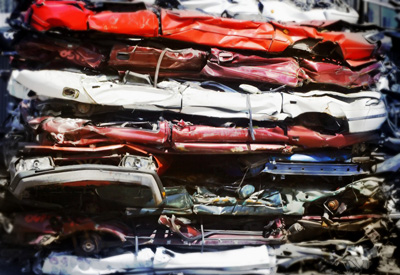Why do we need to squash vehicles? The most obvious reason is so they take up less room. Yet why are we tearing, shredding, and junking cars to start with? Recycling cars is a lucrative process within the scrap car Singapore industry, and it makes environmental sense.
Beginning with Steel
Automotive recycling is big work in the USA. Per the Car Alliance record, the industry gives jobs to more than 140,000 people. It creates more than $32 billion in sales annually, which is partly thanks to the fact that there are numerous recoverable and reusable products in old automobiles and vehicles– the most substantial of which is the greater than 18 million lots of steel that are collected yearly from junked vehicles, producing a range of environmental benefits.
It starts with the steel itself being recycled since that steel can be liquefied down and recycled without a decline in performance. Beyond minimizing waste, recycled steel has included ecological advantages since it has a much-reduced influence over mining and handling iron ore to produce new steel. As a matter of fact, using scrap steel instead of iron ore decreases water contamination by 76 percent and air contamination by 86 percent. It’s 75 percent much less energy-intensive, also.

Wheels and Tires
When a vehicle reaches its end of life and undergoes the recovering procedure, the wheels and tires will be eliminated before squashing. Each has its own recycling path.
Tires can usually be seen in another function, often as swings, targets, art, or even planters. Another strategy is to recycle them, as long-term exposure to the components brings about their breakdown, hurting the environment.
Tires that are brought into reprocessing facilities are broken down and refashioned into a wide variety of products. The rubber can be melted down and changed into caster wheels, mower wheels, or recycled into elastic bands, automobile belts, or asphalt ingredients. The tires can also be pounded into fine granules that are consisted of below artificial turf or playgrounds.
Automobile wheels themselves can be reprocessed as well. Owners can market them to junkyards, get rid of them at a scrapyard, or take them to an automotive store or dealership that will recycle them. For the most part, however, wheels are liquefied down as scrap steel with various other metal automobile parts.
Removal of Multiple-use Components
Most often, when a vehicle reaches a junkyard, it is examined. Oil, gas, antifreeze, transmission, and brake liquids are drained and disposed of appropriately or filtered and made use of.
The vehicle engine and transmission are removed and cleansed. Tires and batteries are additionally removed for resale or recycling.
Smaller parts such as headlights, taillights, and trim could be saved, depending on the version and make from the automobile.
What’s left, all the iron and steel, including the vehicle body, is then smashed flat.















